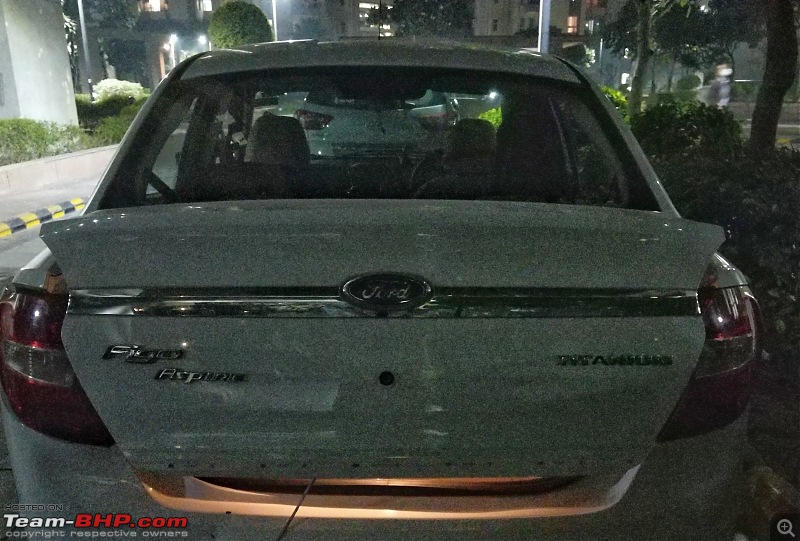| | #196 |
| Senior - BHPian Join Date: Jul 2009 Location: Calcutta
Posts: 4,668
Thanked: 6,233 Times
| |
| |  (1)
Thanks (1)
Thanks
|
| |
| | #197 |
| Senior - BHPian Join Date: Jul 2007 Location: Gurgaon
Posts: 5,975
Thanked: 4,673 Times
| |
| |  (1)
Thanks (1)
Thanks
|
| | #198 |
| Team-BHP Support  Join Date: Sep 2010 Location: All over!
Posts: 8,176
Thanked: 20,584 Times
| |
| |  (1)
Thanks (1)
Thanks
|
| | #199 |
| BHPian Join Date: Sep 2018 Location: Galavanting
Posts: 353
Thanked: 1,790 Times
| |
| |  (1)
Thanks (1)
Thanks
|
| | #200 |
| Distinguished - BHPian  Join Date: Dec 2012 Location: India
Posts: 4,835
Thanked: 14,725 Times
| |
| |  (2)
Thanks (2)
Thanks
|
| | #201 |
| Senior - BHPian Join Date: Jul 2009 Location: Calcutta
Posts: 4,668
Thanked: 6,233 Times
| |
| |
| | #202 |
| Senior - BHPian Join Date: Aug 2009 Location: Solapur (MH-13)
Posts: 1,865
Thanked: 598 Times
| |
| |
| | #203 |
| Team-BHP Support  Join Date: Sep 2010 Location: All over!
Posts: 8,176
Thanked: 20,584 Times
| |
| |  (1)
Thanks (1)
Thanks
|
| | #204 |
| BHPian Join Date: Aug 2012 Location: Gurgaon
Posts: 463
Thanked: 601 Times
| |
| |
| | #205 |
| Distinguished - BHPian  | |
| |  (1)
Thanks (1)
Thanks
|
| | #206 |
| Distinguished - BHPian  | |
| |  (2)
Thanks (2)
Thanks
|
| |
| | #207 |
| Distinguished - BHPian  | |
| |  (1)
Thanks (1)
Thanks
|
| | #208 |
| Distinguished - BHPian  Join Date: Oct 2008 Location: Pune
Posts: 3,257
Thanked: 5,849 Times
| |
| |  (1)
Thanks (1)
Thanks
|
| | #209 |
| Distinguished - BHPian  | |
| |  (2)
Thanks (2)
Thanks
|
| | #210 |
| Senior - BHPian | |
| |  (2)
Thanks (2)
Thanks
|
 |
Most Viewed




 Thats why your comparison is incorrect.
Thats why your comparison is incorrect.

